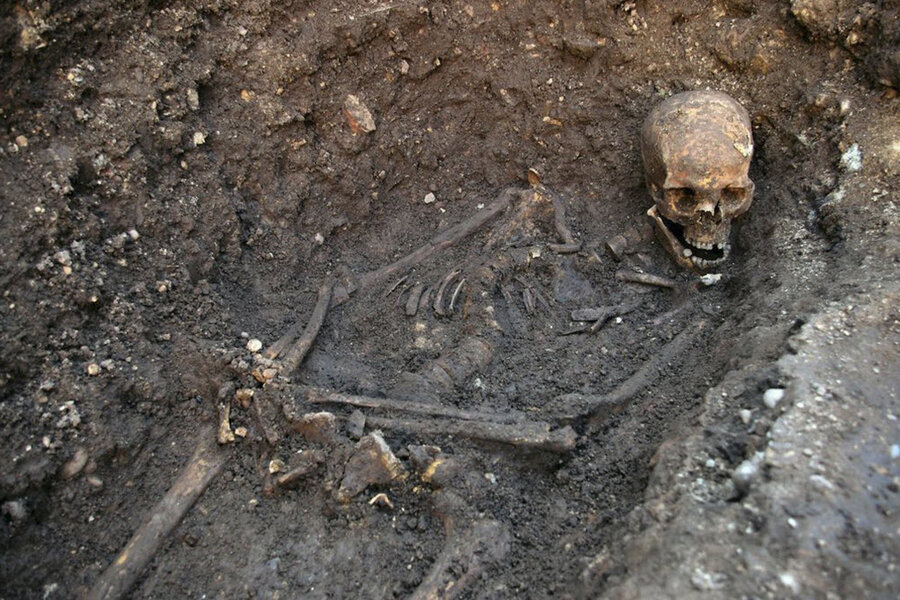Resting place of Richard III's remains a bone of contention
Loading...
| London
He's been deposed, reviled, buried and dug up, and now a new battle looms over England's King Richard III.
A British High Court judge on Friday granted a group of Richard's relatives permission to challenge plans to rebury the 15th-century monarch in the central England city of Leicester, where his remains were found last year.
Judge Charles Haddon-Cave said the Plantagenet Alliance could take action against the government and the University of Leicester, though he hoped the dispute could be settled out of court.
"In my view, it would be unseemly, undignified and unedifying to have a legal tussle over these royal remains," the judge said, urging the opposing sides "to avoid embarking on the (legal) Wars of the Roses Part 2."
Richard was deposed and killed in a battle near Leicester in 1485, and quickly buried without a coffin in a now-demolished church in the city, which is 100 miles north of London. A skeleton found under a Leicester parking lot last year was identified as the king through DNA tests, bone analysis and other scientific scrutiny.
The discovery thrilled history buffs — as well as Richard's supporters, who hope to rehabilitate the image of a king whose villainous reputation was cemented by William Shakespeare's "Richard III."
But it sparked a scuffle over where the last British monarch to die in battle should be reburied.
The government gave Leicester Cathedral a license to rebury the king, but the relatives' group wants him interred in the northern England city of York, claiming it was Richard's wish.
Richard belonged to the House of York, one of two branches of the Plantagenet dynasty involved in a 15th-century battle for the crown known as the Wars of the Roses.
Haddon-Cave said in his ruling that it was inevitable there would be "intense, widespread and legitimate public interest and concern in many quarters as to the treatment and final resting place of Richard III's remains."
He said the case "involves the remarkable, and unprecedented, discovery of remains of a king of England of considerable historical significance, who died fighting a battle which brought to an end a civil war which divided this country. The obvious duty to consult widely arises from this singular fact alone."
The judge said the Plantagenet Alliance could take its case to court, but hoped legal battle could be avoided by setting up an independent advisory panel to recommend the best burial site.
The alliance had no immediate comment on the ruling. The Ministry of Justice said in a statement that it would "vigorously contest" the legal challenge, if it goes to court.
The University of Leicester, whose scientists led the search for the king's remains, said it was "entirely proper and fitting that the remains of Richard III, Duke of Gloucester, be buried in the magnificent holy setting of Leicester Cathedral, near where his remains had lain for centuries."
It said some relatives of Richard had expressed support for a Leicester burial, including Michael Ibsen, the 17th great-grandnephew whose DNA was matched to the skeleton found under the parking lot.
Leicester is hoping for a tourism boost from its association with the king, and is building a 4 million-pound ($6.3 million) visitor center near the spot where his remains were found.
Jill Lawless can be reached at http://Twitter.com/JillLawless







